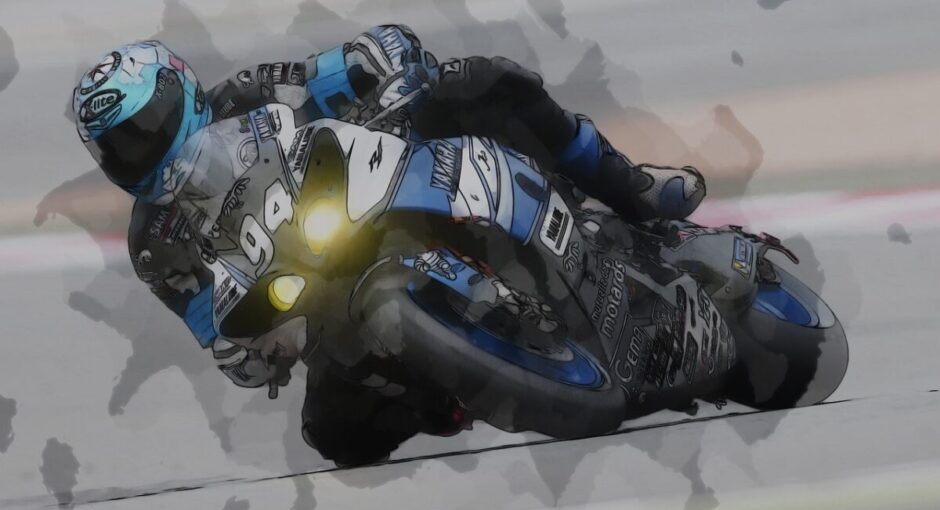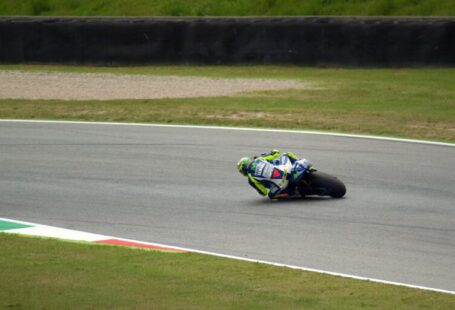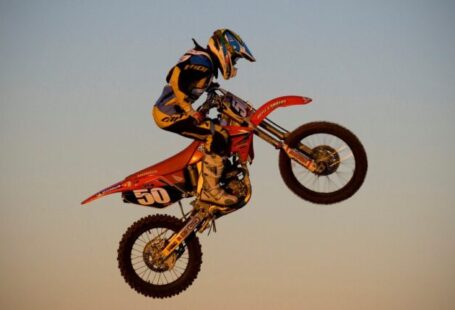Will other riders be present? Will your cell phone have service in a remote area? There’s a lot to consider, and only the foolish disregard the potential for disaster.
SSB spoke with the police to get by-the-book post-crash protocol, but there are always gray areas. Ultimately, common sense must prevail, but clear thinking can be tricky in the heat of the moment.
Crash Scene 1: Solo
Sometimes it’s hard to resist going out for a quick rip alone, but even your favorite corner will eventually bite back, forcing you off the road and into the weeds.
Provided your bike is ridable, get back on the road and head home-slowly. The chances are high, however, that an important part like a brake lever or clip-on will have snapped, leaving you stranded. In this likely scenario put your bike in the safest, most secluded spot possible and call a friend with a pickup truck to come fetch you. Someone will probably pull over to offer help, but assure them you’re fine and that you’ve already called the police. Otherwise these meddling motorists will, and you’ll be facing tickets for losing control and/or riding recklessly.
According to our LA law enforcement officer: “As long as there aren’t drugs or alcohol involved I wouldn’t issue a ticket. There isn’t really a crime involved, and accidents happen.”
This officer seems to be a bit more lenient than others we’ve dealt with in the past.
Crash Scene 2: Taken Out
Unfortunately for motorcyclists, there are four-wheeled vehicles on the road with some shockingly inept pilots behind the wheel. Cars frequently hit motorcycles, despite our loud exhausts and flashy, brightly colored gear. If you’re the victim first perform the wiggle check as you lie on the ground—if your body seems to not be moving properly immediately call 911.
According to our policeman, calling 911 is imperative in order to obtain a police report for financial and insurance purposes later on: “The first thing you should do is call 911. Once notified, the dispatcher will get a cruiser out as well as an ambulance if needed. If nobody’s hurt and the vehicles are functioning, the parties should move the vehicles from the road, but only after you’ve taken as many pictures as possible. This will help the officers determine who was at fault.
Be sure to snap some pics of the license plate as well, because in certain situations we’ve seen motorists leave the scene after determining that nobody was hurt. This isn’t technically illegal, but you could get burned later on if they gave you bogus info and you can’t track them down.
“While you wait for the police to arrive do not speak with the other motorist about who was at fault. This could lead to complications or even arguments that can cloud the situation.
“One of the most important things to keep in mind is to maintain your cool. Obviously the adrenaline will be pumping and people can get really upset. If you’re yelling and screaming when an officer arrives you’ll bring more negative attention on you—and that’s never good. Keep your cool and use common sense.”



